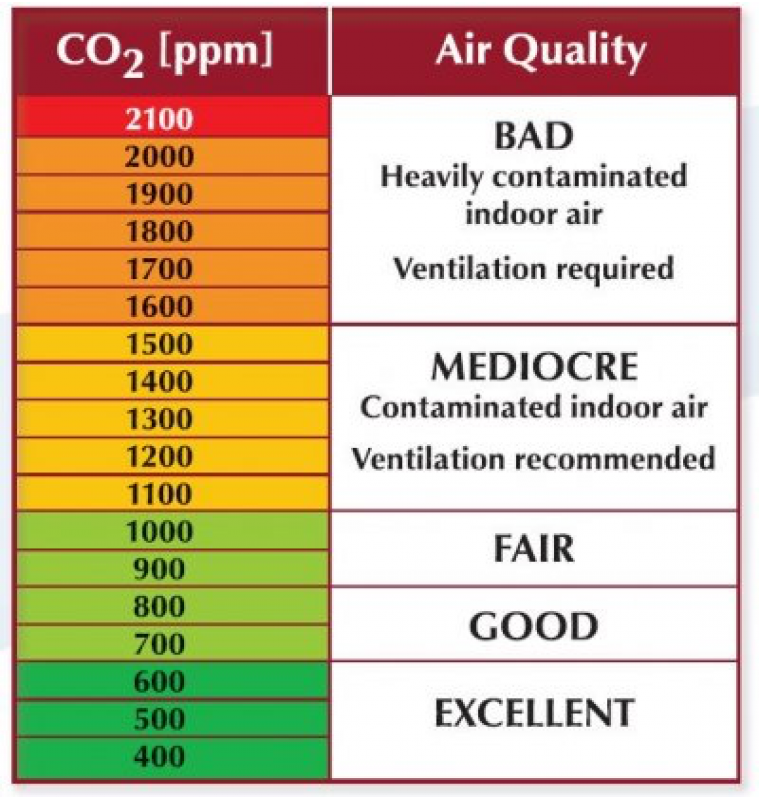STS-134
Active Member
Yeah, I was just going by the numbers on the thermostat itself. But there can be an error of +/- 0.5°F on those readings. Looking at the readings from my Aranet4, which does readings to 0.1°C, it was about 2.34°F colder last morning than it was this morning. So that probably accounts for the bigger than expected difference in run time. Although the Aranet4 is not next to the thermostat so there could have been some difference in the temperature each was measuring.Your climate is similar to mine but generally a few degrees cooler. Low temp was 44F last night, high of 72F. Actually turned the heat on for the first time today, but only to bump indoor temps up from 65F to 69F after outdoor temps had hit 60F. 2nd stage ran about 20 min to catch up, then the 1st stage ran another 20 min, then 1st stage would cycle on/off every 15 min or so.
Not if the entire connector is bundled into one cable. An Ethernet cable has 1 connector with 4 twisted pairs in it, and 8 wires across it.16 wires is a lot and 1% control over compressor power is also overkill. Could probably get away with 8 power levels (3-bits) or if you really wanted more, use 4-bits for power levels and have 16 power levels. Still, 2 wires with RS485 comms and a standard protocol would be a lot easier to wire up. 16 wires is a bit of a pain to string longer distances.
Yes, but what my area lacks is any time of year where there is an advantage to having a variable speed or even a 2 stage system. In Arizona or Florida in the summer time or Minnesota in the winter time, a HVAC system can run more or less continuously, 24/7. This isn't the case during any time of the year in the SF Bay Area.Well, to be fair, isn't that true of all places for parts of the year where you need heating or cooling?
Could just get two separate systems and be done with it. That at least provides you with the ability to have a backup in case one system fails and then you aren't scrambling to get it fixed if it happens in the middle of a heat wave or cold snap.I really need a zoning system as I have two stories - a lot the year really only need cooling upstairs and heating downstairs and without zoning upstairs is always a bit warmer than we like and downstairs is a bit cooler than we like. Could be done if I had a thermostat upstairs and could control a couple dampers and keep the system in stage 1 when conditioning only up or downstairs.
I actually use an Aranet4 to monitor temperature. It samples the CO2 level, temperature, humidity, and air pressure every 5 minutes and you can connect to it via Bluetooth and pull the logs for the last week.If you're looking for good indoor temperature logging, check out GoVee products on Amazon. I have one of their interior temperature sensors and it's fantastic... looking to order a few more soon.




